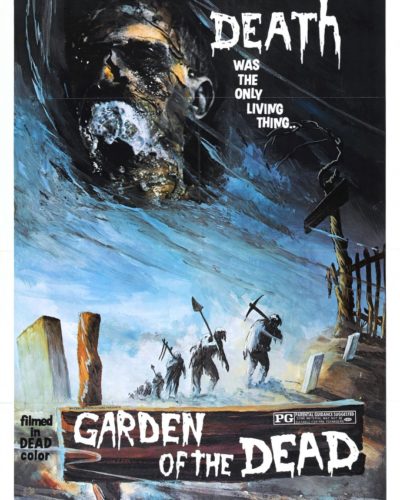A Cut Above the Rest or a Dull Blade?
Within the world of independent horror flicks, Carver (2014), directed by Franklin Guerrero Jr., slices into the scene hoping to leave its mark. A chilling foray into the backwoods slasher sub-genre, Carver recounts the harrowing ordeal of a group of friends who choose the wrong day to go camping. Confronted by a figure from local myth, their trip spirals into a blood-soaked nightmare, fused with the all-too-human penchant for storytelling. As the gruesome legend of the Carver comes to life, viewers are left questioning whether they’re witnessing mere fiction or a grim slice of reality.
Setting the Scene for Slaughter
With its roots gripping tightly to tried-and-tested horror tropes, Carver sets its atmosphere through a harmonious blend of suspense and foreboding imagery. We are guided by dim lanterns and moonlight, slowly illuminating the edges of our fear. Guerrero uses the natural unease of the isolated woods to his full advantage, crafting an environment where each shadow could cloak a mortal peril.
The cinematography is adept in its simplicity, preferring a raw and unnerving visual style rather than overindulgence in special effects. The strategic use of lighting and color palettes evoke a sense of growing dread, while camera angles are manipulated to amplify moments of shock and horror. A particularly notable technique is the film’s understated use of the first-person perspective, placing the viewer uncomfortably close to the action.
Sound is wielded as a precision instrument in Carver‘s horror toolkit. From the unsettling jangle of a distant banjo to the abrupt crescendo of strings during a jump scare, the soundtrack and sound effects contribute significantly to the film’s ominous mood. Furthermore, there are instances where the absence of sound is turned into a void of terror that engulfs the audience, without warning.
The Faces of Fear
The performances in Carver route themselves in a realism that often eludes similar indie productions. Characters are distinct and relatable, accounting for the believable chemistry and dialogue between the friends. This believability creates an investment in their fate, making their descent into terror all the more affecting. The authenticity of their performances also forms a stark contrast to the almost otherworldly presence of the film’s antagonist, underscoring the horror through that disparity.
While the film comfortably situates itself within the slasher subgenre, it also succeeds at infusing psychological elements into the mix. The mere allusion to the Carver’s backstory leaves viewers warily eyeing the line between myth and reality. Here, the film finds its ground, playing with the viewers’ minds as much as their senses.
Carver‘s methods of inciting fright lean heavily on gory theatrics typical of the slasher narrative. Yet, it exhibits restraint when necessary, proving that a well-timed lead up to violence can be as unsettling as the act itself. Despite this, the execution on all fronts isn’t flawless. At certain junctures, the reliance on formulaic scare tactics weakens its grip on the audience’s pulse.
The Final Slash
Thematically, Carver dares to scratch beneath the surface, hinting at the inheritance of violence and the cyclical nature of stories that outlive their creators. Such nuances offer a subplot that threads into broader societal discourse, albeit without the depth that might have been achieved with a more concentrated effort. Even so, this layer of narrative invites introspection beyond immediate thrills.
In its totality, Carver emerges as a commendable but not groundbreaking entry into its genre. It capitalizes on traditional horror techniques to deliver a robust if somewhat conventional, fair. Horror enthusiasts who appreciate the raw edge of indie filmmaking will likely find it a worthwhile diversion. Its tale holds enough familiar elements to welcome casual viewers but don’t expect innovation on par with modern titans like Hereditary or The Witch.
Before the final curtain falls, a word of caution is due for potential viewers. Graphic scenes of violence and a relentless atmosphere of distress make Carver unsuitable for the faint of heart or those triggered by intense depictions of physical horror. With its blend of well-crafted suspense and darker thematic undertones, Carver carves out a niche that might just leave its mark on you – if you’re brave enough to let it.




